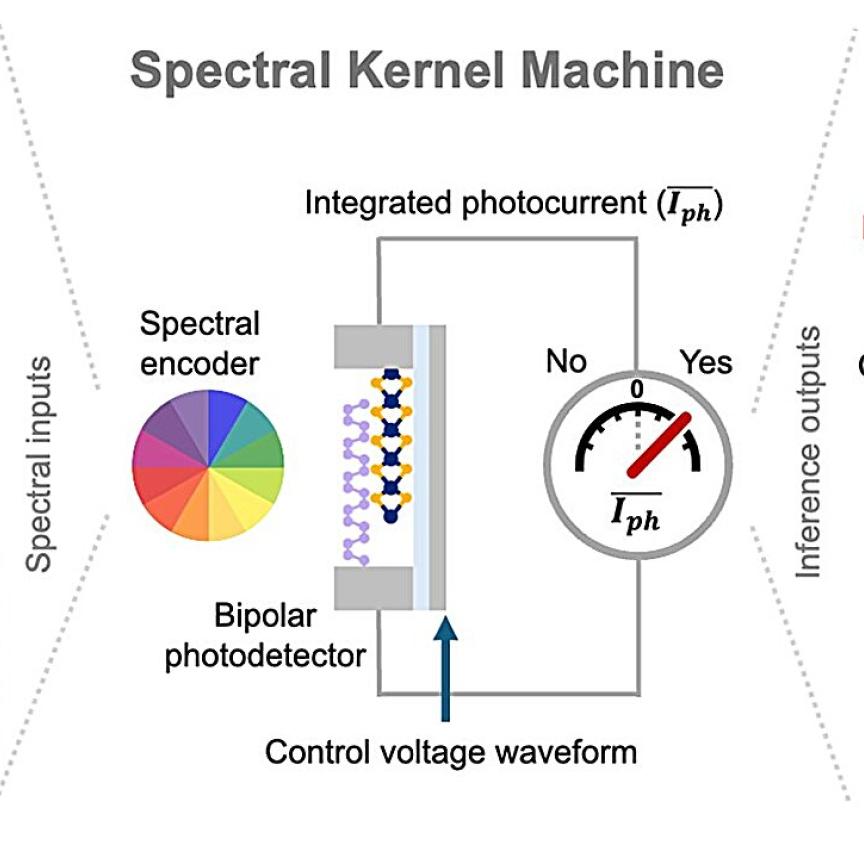The Italian company NIREOS, official spin-off of Politecnico di Milano University, introduces a novel hyperspectral camera called HERA. This compact device (only 15.7 x 15.5 x 11 cm) is able to capture a continuous spectrum (in 400-1000 nm region, with no gaps) of each pixel of a scene in just a few seconds, thus creating a hyperspectral data cube. The main features making HERA a top-notch device are:
- High sensitivity and throughput. HERA is based on a patented Fourier-transform technology, which dispenses with filters or gratings, which typically limit the light throughput. Instead, HERA employs an ultra-stable interferometer with a 1 cm clear aperture, that guarantees a straightforward acquisition of images even in the most challenging conditions (such as low illumination light, fluorescent hyperspectral imaging, etc)
- High resolution and continuous spectrum. HERA has an exceptional <1nm resolution at 400nm wavelength, making it able to distinguish all types of materials in the visible region with unrivaled accuracy. When it is not required, the user can choose via software to perform quicker measurements with worse spectral resolution.
- User-friendly software. After the measurement, the software immediately provides the hyperspectral processed image and offer the capability to perform a first data analysis, enabling the user to check and compare spectra of selected pixels.
Due to the mentioned features, HERA attracts the attention of researchers performing fluorescence imaging, cultural heritage conservation and other low-light applications. This hyperspectral camera is also suitable for material sorting on site and analysis of plants in greenhouses.
HERA is very easy to use: just place it on a tripod, point to the scene, connect it to computer and run the measurement. No complicated and large mechanics are needed to move the camera or the sample, as HERA operates in a static regime.

